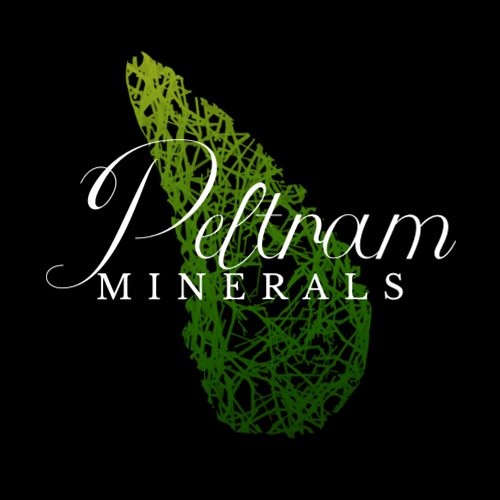Amber in box – Lithuania
Locality: Lithuania (Baltic sea)
Total weight (with box): 10,5g
Packaging: transparent plastic box (5,8 x 3,8 x 1,6 cm)
| Category: | Lithuania |
|---|
Lithuanian amber, often referred to as Baltic amber, is one of the most sought-after and valuable types of amber in the world. It originated from the resin of ancient pine trees that grew in the regions surrounding the Baltic Sea approximately 44 to 54 million years ago.
Properties and Appearance
Lithuanian amber is known for its distinctive appearance, often ranging from light to dark yellow, with shades transitioning into warm honey or orange tones. There are also darker varieties—from brown to nearly black—and rarer ones that appear almost white or greenish. Due to its high content of succinic acid (up to around 8%), Baltic amber is considered higher quality compared to other types. It often contains natural inclusions such as air bubbles, plant fragments, or small insects, which significantly enhance its collector and aesthetic value.
Collection and Processing
Industrial-scale amber mining is not currently practiced in Lithuania to the extent seen in, for example, the Kaliningrad region. Instead, amber in Lithuania is traditionally collected along the Baltic Sea coast, especially near the towns of Palanga, Klaipėda, and Šventoji, where sea waves wash it ashore—most commonly after storms.
Nevertheless, Lithuania is an important center for amber processing and is recognized globally for its production of amber jewelry. Raw amber is first sorted by size, color, and quality, followed by cutting, grinding, and polishing. This process highlights the natural texture, luster, and unique character of each stone.






